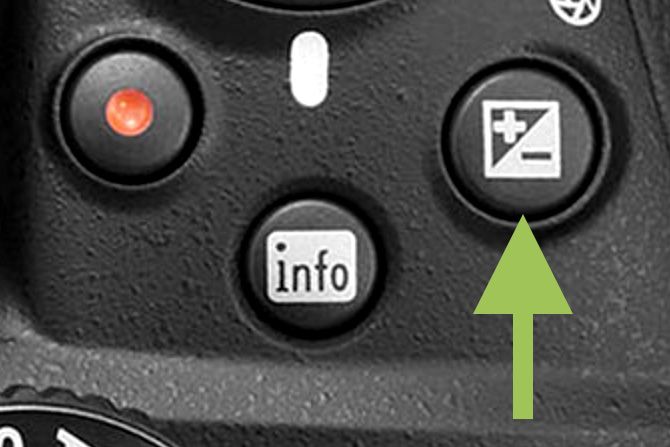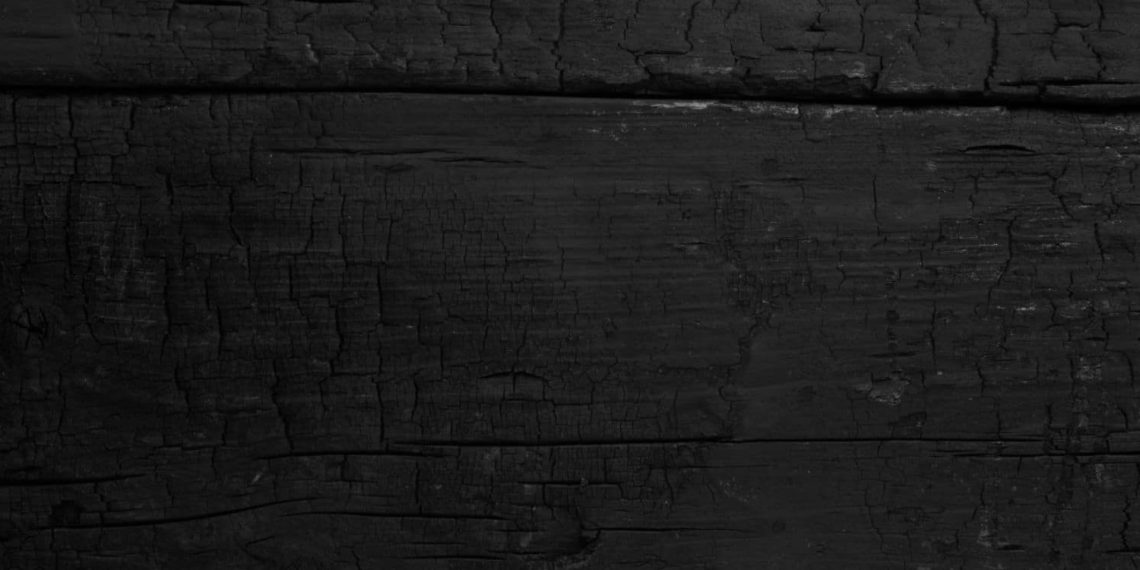Do you ever take pictures that are too light or too dark?
Pictures that don’t reflect exactly what’s in front of you when you press the shutter button?
I suspect the answer is probably yes…
In fact, it would be surprising if it were the other way around.
Even though cameras have become much more sophisticated in recent years, they sometimes make mistakes… And provide an approximate exposure.
The good news is, it’s not a foregone conclusion!
When the camera is not able to reproduce a faithful exposure, it is possible to regain control at the time of shooting.
For this, there is a setting found on most cameras.
This setting is the exposure compensation.
Let’s see how it works:
Exposure compensation allows you to underexpose or overexpose relative to the exposure set by the camera body.
- If the picture is too dark, make a positive correction so that the following pictures are brighter.
- Conversely, if the photo is too bright, a negative correction is made to darken the following photos.
Most of the time, there is no need to go through the camera menus. The setting is directly available on the front of the camera body.
You may have already noticed a +/- button on your camera. Well, this is the button that adjusts the exposure.

If you are using Program (P), Aperture Priority (A or Av) or Shutter Priority (S or Tv) exposure modes, then you should be interested in this setting.
With these semi-automatic modes, the camera has the final say in the choice of exposure. It is therefore with these modes that exposure compensation can be used.
When you notice that your picture is too bright or too dark, simply shift the exposure slightly to indicate to the camera that it is wrong.
And that’s it! In a matter of seconds, it is possible to make up for bad exposure.
Next time you go out to take pictures try to think about it. It’s really worth mastering this setting.
However, don’t forget to reset the exposure compensation when you’re done taking pictures.
Otherwise you might be in for a surprise the next time 😉




Discussion about this post